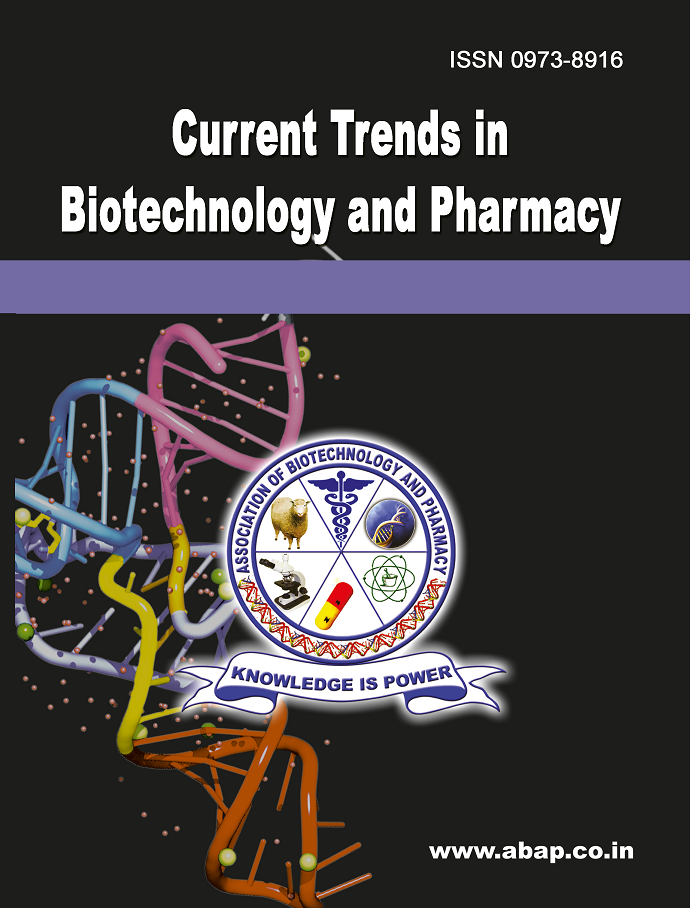Encapsulation of Sustainable Nanoemulsion based Insect Repellent against Bactrocera Species and Grain Weevils using Throwaways
DOI:
https://doi.org/10.5530/ctbp.2025.4.43Keywords:
Garlic peel, Grain weevils, Fruit flies, GC-MS, XRD, SEM, LC50, Arena testAbstract
The repellent effect of the extracts of the Allium sativum peel and Pongamia pinnata leaves were studied in the present work. Microencapsulation of the nanoemulsion of the extracts was prepared by ultrasonication and tested for insect-repellent activities. Bioassays for the nanoemulsion encapsulated beads were tested in-vitro against the fruit flies (Bactrocera species) and the grain weevils (Sitophilus species). Various properties of the nanoemulsion encapsulated beads such as the morphology of the beads, stability, oil content, and other characteristics were examined. The average diameter of the capsule and other nano characteristics was measured with Scanning Electron Microscope and with an X-ray diffractometer where the crystalline peak exists at around 22⁰. The shelf life of the encapsulated balls was determined. The encapsulated balls showed evidence of in-vitro repellency against fruit fly and grain weevils at 87% and 92%. The in-vitro toxicity of LC50 concentration was shown at 1:3 (L+P) for both grain weevils and the fruit flies when observed at 1hr interval for each of the concentrations after implementation. Thus, the study revealed garlic peel to be a significant insect repellent component being a waste and along with the Pongamia leaves has unveiled it to be an appreciable alternate for the synthetic repellents.



